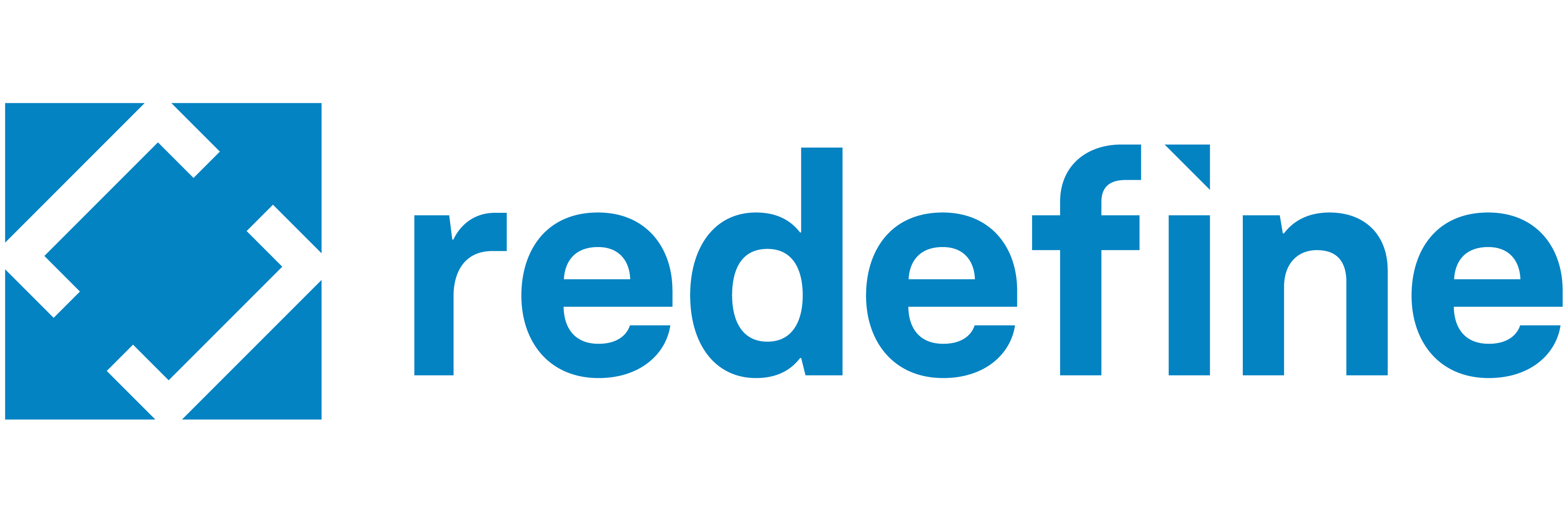- Filler content is anything that adds word count without offering real value.
- Google prioritizes content that demonstrates experience, expertise, and originality, so low-quality filler can actively hurt your SEO.
- Content that feels padded or robotic can also damage your brand’s credibility and turn away both readers and potential customers.
- Strong, engaging writing backed by real examples and useful insights is more likely to earn backlinks, build authority, and keep users engaged.
- Before publishing, ask whether your content offers something new and useful, or if it could be found on five other sites.
- To avoid filler, create clear outlines, edit aggressively, and focus on substance over length.
In digital marketing, content is king. Yet not all content wears the crown equally. While a 2,000-word blog post might seem impressive, the quality of the article is far more important than the quantity. If half of your posts are filled with vague statements, keyword stuffing, or off-topic fluff, you’re potentially doing more harm than good.
“Filler content” has always hurt SEO. But in today’s digital marketing landscape, it’s critical to avoid filling your blog with empty words. With the rise of AI-generated content, search engine algorithms are more discerning than ever – if your website’s writing doesn’t offer real value, it can hurt your SEO campaign and prevent you from ranking.
So what is considered filler content and how can you avoid it? In this blog, we’re covering everything you need to know:
What is filler content?
Filler content is the digital equivalent of empty calories – it might fill you up, but it lacks nutritional value.
In SEO writing, filler content might include:
- Overused buzzphrases that say nothing (e.g., “leverage synergies to unlock potential” which simply means to work together for better results)
- Generic intros and outros that don’t add value or context
- Keyword-heavy paragraphs that are obviously written for bots, not humans
- Repeating the same point over and over, without adding anything new
- Off-topic tangents inserted just to stretch the word count
Filler content can sneak into blog posts, landing pages, service descriptions, and even email campaigns. At first, it might seem like you’re padding your site with substance. But nowadays, Google (and your readers) are much more savvy. They’ll realize your content doesn’t offer anything meaningful, and they’ll click away from your page.
Why filler content hurts your SEO strategy
Google’s Quality Rater Guidelines don’t play around
Google has made it clear that content must be helpful, reliable, and people-focused. Their Search Quality Evaluator Guidelines emphasize factors like E-E-A-T (Experience, Expertise, Authoritativeness, and Trustworthiness).
Content that feels shallow, padded, or automated will not perform well in search rankings.
Filler content can backfire by:
- Triggering higher bounce rates
- Lowering your time-on-page metrics
- Damaging your site’s authority
- Signaling to search engines that your content is low quality
To put it simply, stuffing a blog post with an extra 500 words of fluff to hit a quota could be a costly mistake.
Filler content can lose trust
If someone lands on your post looking for a straight answer to a simple question, but instead finds five paragraphs of tangents and rehashed points, they won’t just leave your blog – they might leave and never return.
Today’s digital audiences are smart and capricious. They can tell the difference between content that was created to rank versus content that was created to help. If your SEO content isn’t created with the user in mind, it won’t feel authentic and you’ll lose your readers’ trust.
It dilutes your brand’s voice
Filler content also tends to be vague and robotic. It’s a flat, generic tone that doesn’t build brand personality or loyalty. Quality content, on the other hand, allows the unique voice of your brand to shine through.
Strong writing builds authority. Weak or empty content suggests you don’t know what you’re talking about – or worse, that you just don’t care.
In SEO, research and originality matter
Quality content gives you a competitive edge
In a saturated digital landscape, unique and well-researched content with an original voice gives you an edge over your competition.
When you have thoughtful analysis, data-driven insights, and original takes, your content will help you:
- Earn more backlinks
- Be shared more often
- Keep readers engaged longer
- Signal topical authority to search engines
For example, let’s say you’re writing about the impact of social media and AI content for businesses.
Instead of: “Social media is important for businesses today.” (Bland, unoriginal, vague.)
Try: “According to Hootsuite’s 2024 Social Trends Survey, 62% of consumers say they are less likely to engage with and trust content if they know it was created by an AI application.” (Okay, now that’s interesting!)
Create content that earns credibility
Google loves content that reflects first-hand experience or deep industry knowledge. This means doing your homework, citing real stats (ideally from sources that aren’t more than 3 years old), and offering unique insights instead of rehashing what everyone else has already said.
Before you hit “publish,” ask yourself:
- Can this same content be found on five similar websites?
- Have I added anything new or insightful to the conversation?
- Does this demonstrate my (or my brand’s) expertise or authority?
If the answer to any of these questions is no, your content might have too much filler.
How to avoid filler content: 5 tips
Tip 1. Outline with intention
Start every piece with a clear outline. Make sure every section adds something new and brings value. If a section doesn’t move your point forward, or it just reiterates other points, cut it.
Tip 2. Use data and real world examples
Real-world examples, case studies, or even short anecdotes can bring your content to life. They offer proof and engagement.
Bad: “Email marketing is a great way to reach your audience.”
Better: “After implementing a segmented email strategy, Brand X saw a 34% increase in open rates and a 17% increase in conversions.”
Tip 3. Be a ruthless copy editor
Good editing trims the fat with extreme prejudice. Read your content aloud. If it sounds like you’re just repeating yourself or padding a point, hit delete. To quote a common bit of advice often given by experienced writers, sometimes you need to “kill your darlings.”
Bonus tip: Have a coworker or friend read your content, too. They’ll be able to assess your work from a fresh, unbiased perspective and let you know whether it feels like empty fluff.
Tip #4. Don’t be afraid of shorter posts
A short, sharp 1000-word article that solves a reader’s problem is infinitely more valuable than a bloated 2,500-word piece packed with filler. Focus on clarity and usefulness.
Tip #5. Use writing tools, but don’t rely on them
Yes, writing tools like AI can help optimize content. But don’t write for the tool. Write for people first. Use tools to polish your work, not guide your voice.
Final thoughts: substance over fluff
In 2025 and beyond, content marketing will reward brands who care more about meaning than metrics. Algorithms are constantly evolving, and so are audiences.
If your blog posts, product pages, or service descriptions are loaded with filler, you risk being buried by competitors who are actually saying something meaningful.
So instead of asking, “How long should this article be?” try asking:
- What problem am I solving?
- What value does this bring to my reader?
- How can I make this more insightful and more engaging?
That shift in mindset is the antidote to filler – and the path to powerful, purpose-driven content that actually supports your SEO campaign.
Want help creating better content for your website? Contact the Redefine team today.





